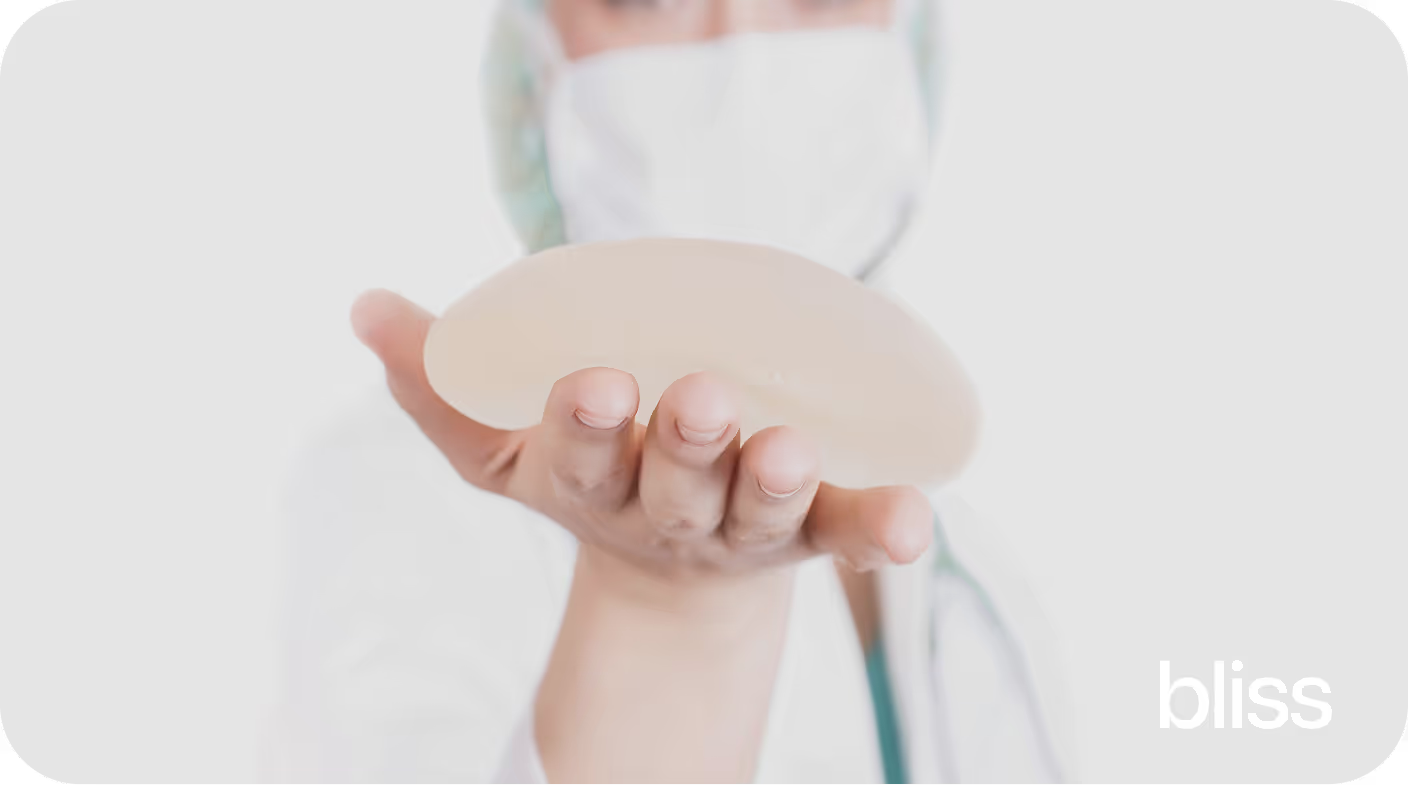Can Fat Transfer Replace Breast Implants?

Looking into your breast implant options? We’re here to help. Breast augmentation remains one of the most popular cosmetic procedures worldwide. Traditionally, the surgery involves using saline or silicone implants to enhance breast size and shape. But with advances in fat grafting techniques, many patients now ask: Can fat transfer replace breast implants altogether? The answer depends on your goals, your body type, and your expectations. Let’s have a closer look…
The Basics: What Is a Fat Transfer Breast Augmentation?
Fat transfer breast augmentation, also known as autologous fat grafting, is a procedure that enhances the breasts with your own body fat. The procedure begins with liposuction, which is typically performed on the belly, thighs, or flanks to remove excess fat. The fat is refined and carefully injected into the breasts to increase volume and contour.
Unlike implants, which cause a more visible size increase, fat transfer produces gradual, natural-looking outcomes. Candidates are typically women who want a small increase in size and already have areas of fat available for harvest.
How Fat Transfer Compares to Breast Implants
While both methods enhance the breasts, they differ in what they can achieve:
- Volume: Implants can reliably provide significant size increases, usually two or more cup sizes, while fat transfer typically adds one cup size or less.
- Shape and Projection: Implants create more upper-pole fullness and projection. Fat transfer tends to result in a softer, more natural slope.
- Feel: Fat transfer uses your own tissue, which feels and moves more like natural breast tissue. Implants may feel firmer, especially in thinner patients.
Advantages of Choosing Fat Transfer
Many women find fat transfer appealing for the following reasons:
- Natural Look and Feel: Because it’s your own fat, the breasts seem and move naturally.
- Dual Benefit: You contour stubborn areas with liposuction while enhancing your breasts.
- No Foreign Materials: There is no chance of implant rupture, capsular contracture or implant-related disease.
- Minimal Scarring: The small injection points replace the longer incisions needed for implantation.
Disadvantages and Limitations of Fat Transfer
While there are many benefits, fat transfer does come with trade-offs, such as:
- Limited Size Increase: Most women gain only about one cup size, not the dramatic change that’s possible with implants.
- Fat Reabsorption: Some transferred fat is reabsorbed by the body within the first year, requiring touch-ups.
- Multiple Procedures: If you want more than a modest increase, you may need several rounds of the procedure.
- More Subtle Results: If you’re hoping for a big boost in fullness or cleavage, fat transfer alone may feel underwhelming since it usually delivers a softer, more natural change.

Who Is the Ideal Candidate for Fat Transfer?
The best candidates are women who:
- Have enough donor fat for liposuction.
- Want a subtle or natural enhancement.
- Prefer to avoid implants.
- Can maintain a stable weight.
For women with very little body fat or those who want a more dramatic size increase, implants are usually a better option.
Can Fat Transfer Fully Replace Implants for Most Patients?
For some, yes, but not for everyone. As we mentioned, a fat transfer can completely replace implants in women who simply want a slight augmentation and prefer a natural feel and appearance. It's also useful for fixing minor asymmetries or improving results following implant removal.
That said, implants are still the go-to option for those who want a bigger size, lasting upper fullness, or more customizable results. Sometimes surgeons combine them with fat transfer to smooth edges and create a more natural-looking finish.
Recovery & Longevity of Results
Fat transfer recovery is typically faster and easier than implant recovery because it requires liposuction and injections rather than surgical pockets. Swelling and bruises typically last 1 to 2 weeks, with most patients returning to light exercise after a week.
Fat survival is the most important element influencing long-term outcomes. On average, 60-80% of the transplanted fat survives permanently, with the remainder reabsorbed. Maintaining a stable weight and following post-operative instructions are extremely important to retaining your results.
In terms of the results, they typically appear natural for years, though small modifications may be needed with aging or weight variations.
Find Out if Fat Transfer Is the Right Choice for You with Bliss Guidance
So, can fat transfer replace breast implants? For women wanting subtle, natural-looking results, the answer is often yes. At Bliss, our Care Advisors match you with trusted, board-certified surgeons who can assess your unique situation and guide you through the pros and cons of both options.
Want to learn more? Explore our Breast Augmentation page or open your Bliss profile to match with an expert who can help you take the first step toward your best results.
FEATURE OF THE WEEK
Subscribe for cosmetic insights.
Get the latest in aesthetic innovation, support, and self-love straight to your inbox.











Lorem ipsum dolor sit amet, consectetur adipiscing elit. Suspendisse varius enim in eros elementum tristique. Duis cursus, mi quis viverra ornare, eros dolor interdum nulla, ut commodo diam libero vitae erat. Aenean faucibus nibh et justo cursus id rutrum lorem imperdiet. Nunc ut sem vitae risus tristique posuere. uis cursus, mi quis viverra ornare, eros dolor interdum nulla, ut commodo diam libero vitae erat. Aenean faucibus nibh et justo cursus id rutrum lorem imperdiet. Nunc ut sem vitae risus tristique posuere.
DeleteLorem ipsum dolor sit amet, consectetur adipiscing elit. Suspendisse varius enim in eros elementum tristique. Duis cursus, mi quis viverra ornare, eros dolor interdum nulla, ut commodo diam libero vitae erat. Aenean faucibus nibh et justo cursus id rutrum lorem imperdiet. Nunc ut sem vitae risus tristique posuere. uis cursus, mi quis viverra ornare, eros dolor interdum nulla, ut commodo diam libero vitae erat. Aenean faucibus nibh et justo cursus id rutrum lorem imperdiet. Nunc ut sem vitae risus tristique posuere.
Delete